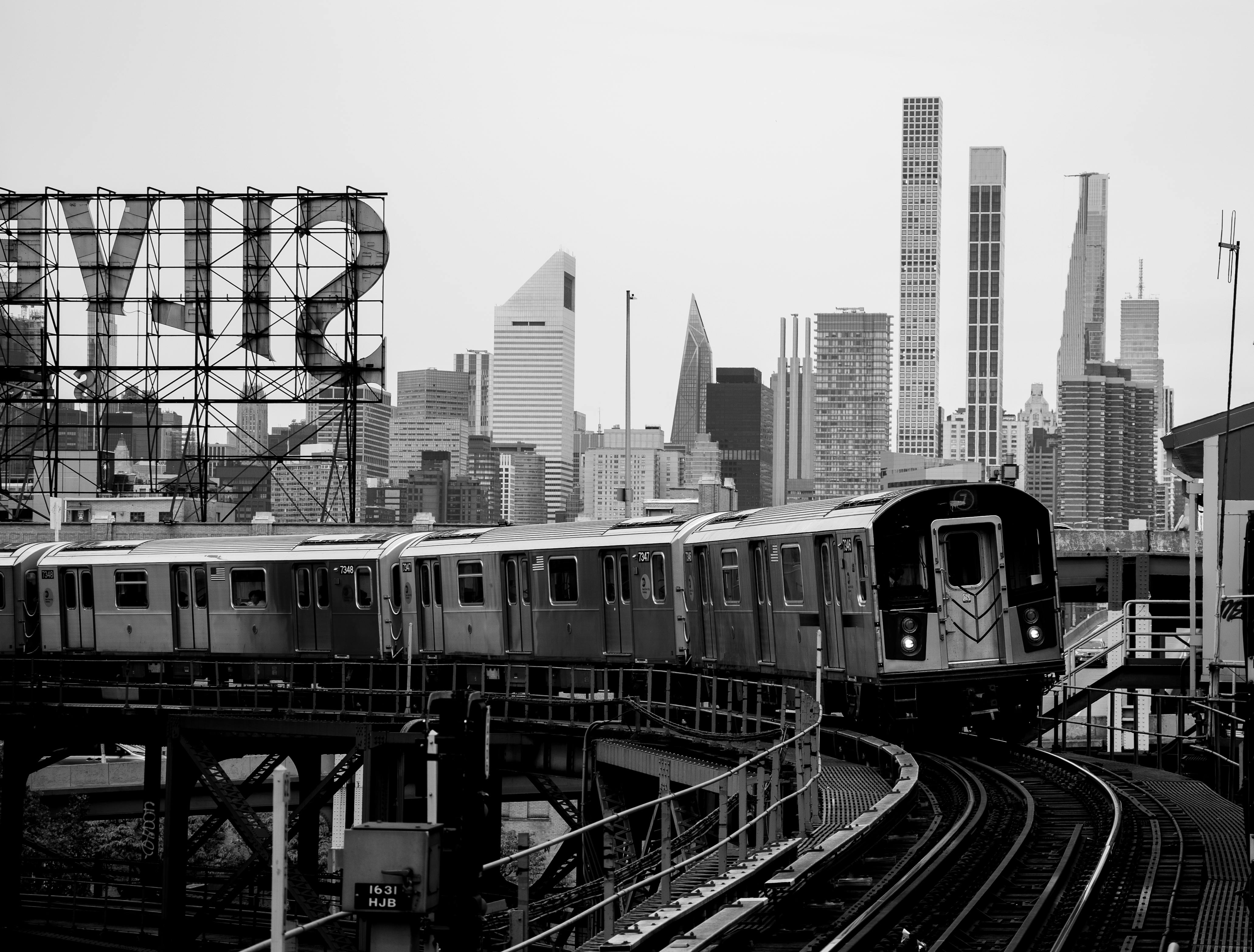Texas Ranked as the Worst State to Live in by CNBC
So, apparently Texas has been given the not-so-prestigious title of being the worst state to live in, according to a recent ranking by CNBC. Yep, you heard that right. The Lone Star State didn’t quite shine in this particular analysis. Now, before you start defending your beloved Texas, let’s take a moment to explore the reasons behind this ranking and see if it really holds true.

Overall Ranking
Texas has recently been ranked as the worst state to live in according to CNBC’s rankings. CNBC used a variety of criteria to determine this ranking, taking into consideration factors such as quality of life, economy and job market, housing affordability, Transportation and infrastructure, natural environment, personal safety, education system, healthcare system, and cultural amenities. Texas’s low overall ranking raises concerns about various aspects of life in the state and prompts a closer look at the specific factors contributing to this unfavorable ranking.
Quality of Life
One of the factors contributing to Texas’s low ranking is the state’s healthcare system. Concerns have been raised about the accessibility and affordability of healthcare services in Texas. Many residents struggle to access timely and quality healthcare due to a lack of adequate insurance coverage and healthcare facilities. This undermines the overall quality of life in the state and highlights a need for improvements in the healthcare sector.
Another area of concern for Texas’s ranking is the education system. The state’s education system has faced criticism, particularly when it comes to funding and resources. The lack of investment in education has affected the quality of schools and educational outcomes in Texas. This poses challenges for both students and potential employers, as a strong education system is crucial for long-term economic success and overall quality of life.
Crime rates in Texas also contribute to the state’s low ranking in terms of quality of life. While crime rates can vary across different areas within the state, overall, Texas has higher crime rates compared to some other states. This raises concerns about personal safety and security for residents, which ultimately impacts their overall well-being and satisfaction with their living environment.
Economy and Job Market
Texas’s economy and job market also play a significant role in the state’s overall ranking. Unemployment rates in Texas have historically been higher than the national average, which can create hardships for individuals seeking employment and financial stability. While the state has a diverse economy with various industries, job opportunities and salaries may not always meet the expectations or needs of residents.
The median household income in Texas is also a factor contributing to the state’s ranking. Despite having a lower cost of living compared to some other states, the median household income in Texas is often lower, which can result in financial challenges and a reduced standard of living for many residents. Opportunities for upward mobility and income growth may be limited, which can impact overall economic well-being.
However, it is worth noting that Texas does offer job opportunities, particularly in industries such as energy, technology, and healthcare. The state’s favorable business environment and abundance of natural resources attract businesses and contribute to the job market. While the overall ranking reflects areas for improvement, Texas still presents potential for individuals looking for employment opportunities in specific fields.
Housing Affordability
Housing costs in Texas are relatively affordable compared to some other states, contributing to its appeal for residents seeking affordable housing options. The cost of homeownership in Texas is generally lower, allowing individuals and families to purchase properties at a more accessible price. This affordability can be beneficial for those looking to establish roots and build equity.
For those who do not wish to buy a home, the affordability of renting in Texas is also a factor to consider. Rental rates in Texas are often lower than in other states, which can provide some relief for individuals or families who prefer renting or are not in a position to buy a home. The affordability of housing in Texas allows for more flexibility and financial stability for residents.

Transportation and Infrastructure
Transportation and infrastructure in Texas have both positives and negatives. When it comes to public transportation, many areas in Texas, particularly the larger cities, have a robust public transit system that provides residents with the means to navigate the urban environments. However, in more rural areas, public transportation options may be limited, which can be a challenge for those relying on public transit.
Road infrastructure in Texas varies across the state. While some areas may boast well-maintained highways and roads, others may experience difficulties due to congestion, inadequate maintenance, or outdated infrastructure. This can result in increased commute times and transportation difficulties for residents, impacting their overall quality of life and economic opportunities.
On the positive side, Texas offers ample availability of airports, which can facilitate travel both domestically and internationally. The presence of major airports in cities like Houston, Dallas, and Austin allows for easier accessibility and convenience, contributing to the overall transportation infrastructure in the state.
Natural Environment
Texas’s natural environment, including weather and climate, air quality, and susceptibility to natural disasters, is a factor that influences the overall ranking of the state. Texas experiences diverse weather conditions, with hot summers and mild winters being characteristic of many regions. The climate can be appealing for those who enjoy warmer temperatures and outdoor activities, but it can also present challenges such as higher energy costs for cooling.
Air quality in Texas varies across different areas of the state. In some urban environments where industrial activity is prominent, residents may experience poorer air quality due to pollution. This can have implications for respiratory health and overall well-being, particularly for vulnerable populations such as children and the elderly.
Unfortunately, Texas is also prone to natural disasters such as hurricanes, tornadoes, and flooding. These events can be devastating and cause significant damage to infrastructure, homes, and the environment. They also pose risks to the safety and well-being of residents, especially those living in areas prone to these natural disasters.

Personal Safety
Crime rates and personal safety are key factors in determining the overall ranking of a state. While crime rates can vary across different regions within Texas, the state as a whole has faced challenges related to both violent and property crimes. This can impact residents’ sense of security and contribute to an overall lower ranking for personal safety.
Texas has also seen instances of gun violence, which has garnered national attention and raised concerns about public safety. Incidents involving firearms highlight the need for comprehensive approaches to address the underlying causes and promote responsible gun ownership, with a focus on ensuring the safety of all residents.
Neighborhood safety is another aspect considered when assessing personal safety in Texas. While there are undoubtedly safe and secure neighborhoods throughout the state, some areas may have higher crime rates or a perception of being unsafe. This can affect the overall quality of life and individuals’ willingness to live in or relocate to certain areas.
Education System
The quality of education in Texas is a crucial aspect of the state’s overall ranking. As mentioned earlier, funding and resources have been ongoing concerns within the education system. While the state has taken steps to address some of these issues, disparities in educational opportunities and outcomes persist.
High school graduation rates in Texas have been improving over the years, with efforts aimed at increasing graduation rates and reducing dropout rates. However, challenges still remain, particularly in areas with higher poverty rates and limited access to educational resources. Ensuring a high school education is accessible to all students is essential for their future success and overall quality of life.
College enrollment rates in Texas have seen positive trends, with more students pursuing higher education. The state offers numerous universities and colleges, providing a range of educational opportunities. However, affordability and accessibility to higher education remain concerns, as not all students may have the financial means or access to quality institutions to pursue their desired degrees.
Healthcare System
The healthcare system in Texas is another factor contributing to the state’s overall ranking. Texas has a significant number of uninsured residents, and access to healthcare services can be challenging for those without adequate insurance coverage. This results in delayed or limited access to healthcare, impacting individuals’ health outcomes and overall quality of life.
Despite the challenges, Texas does have a vast network of healthcare providers and institutions. Major cities in Texas are home to renowned medical facilities and research institutions, offering advanced healthcare services. However, the accessibility and affordability of these services may vary across different regions of the state, posing difficulties for residents in more rural or underserved areas.
Quality of healthcare in Texas remains a concern, with variations in the standard of care among healthcare providers. Ensuring consistent and high-quality healthcare across the state is essential for improving overall health outcomes and addressing the disparities that exist within the healthcare system.
Cultural Amenities
Texas offers a wealth of cultural amenities, including museums and cultural institutions that showcase its history, art, and diverse heritage. Major cities such as Houston, Austin, and Dallas are home to world-class museums and art galleries, attracting art enthusiasts and visitors from around the world. These cultural amenities contribute to the state’s overall appeal and provide residents with opportunities to engage in cultural and educational experiences.
Entertainment options in Texas are diverse and cater to a range of interests. From live music venues and festivals to sports events and outdoor activities, residents can find numerous options for recreational and leisure activities. The state’s vibrant entertainment scene contributes to the overall quality of life and offers a variety of experiences for individuals and families.
Diversity and inclusivity are important aspects of any community, and Texas, with its large population and varied demographics, offers a diverse cultural landscape. The state is home to individuals from different ethnic backgrounds, and the blending of cultures contributes to a rich tapestry of traditions and experiences. Embracing this diversity and fostering inclusivity is vital for promoting a sense of belonging and creating a vibrant and welcoming environment for all residents.
While Texas’s overall ranking as the worst state to live in by CNBC highlights several areas for improvement, it is important to recognize the strengths and potential the state offers. Addressing the challenges in areas such as education, healthcare, and personal safety can lead to significant improvements in the overall quality of life for residents. By focusing on these areas and working towards positive change, Texas can move towards a higher ranking and ensure a better future for its residents.

